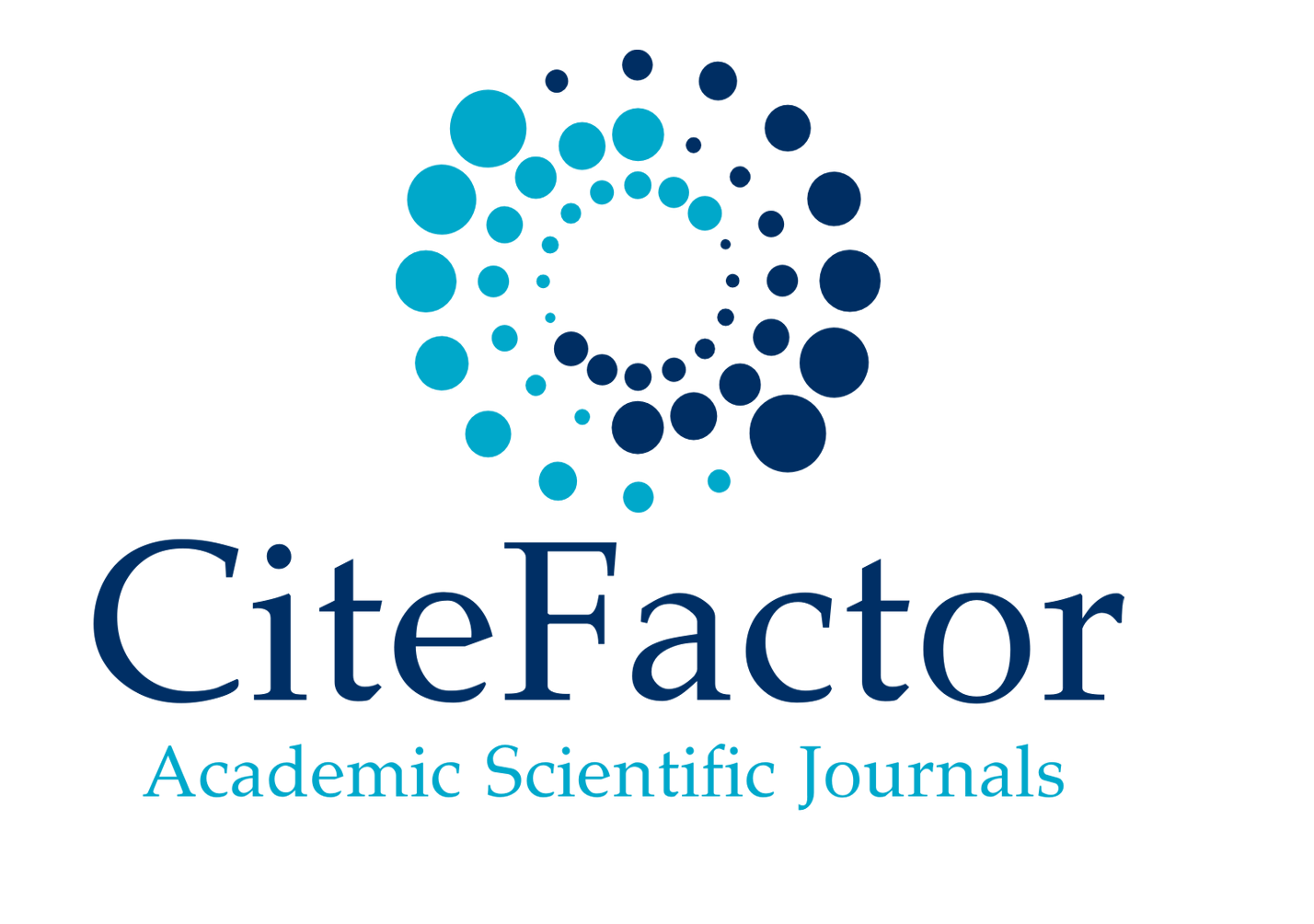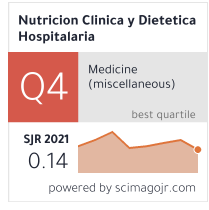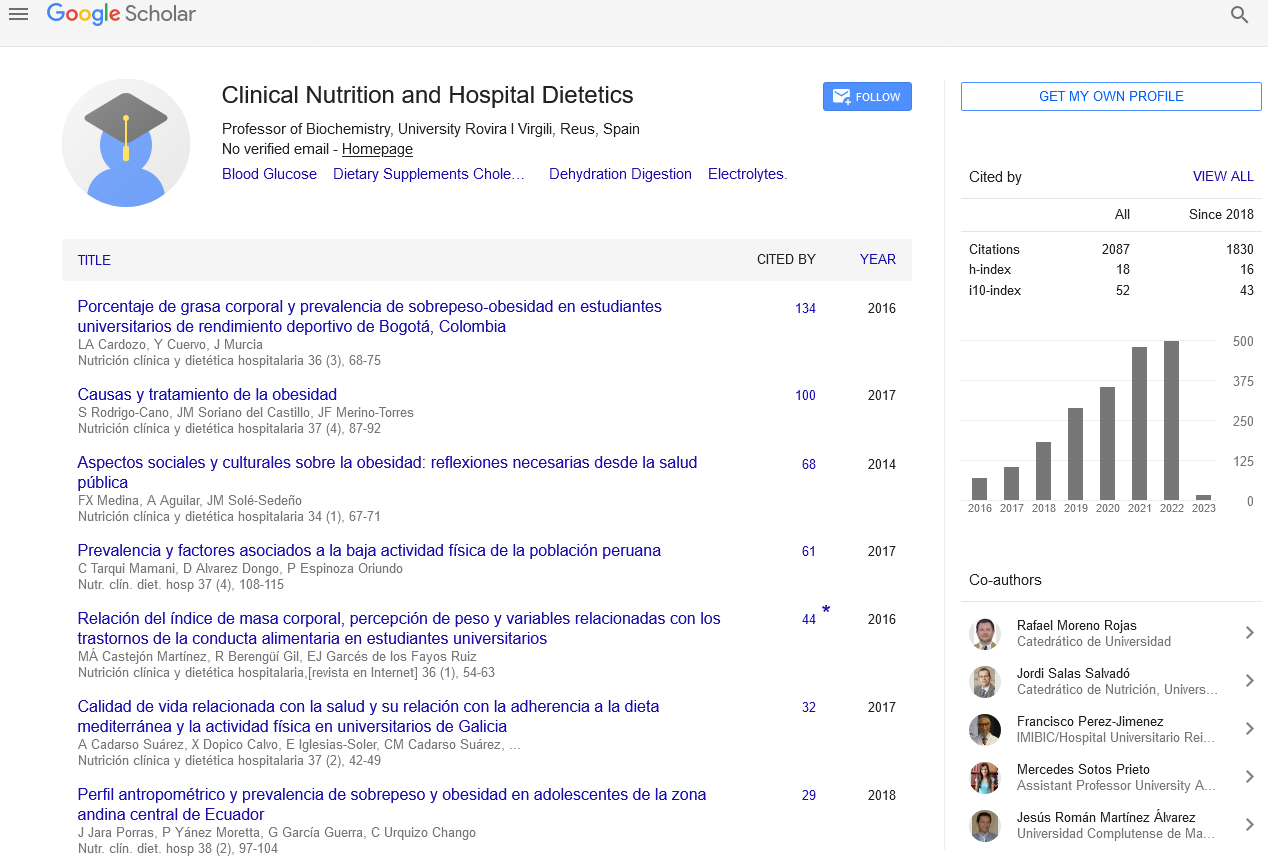Abstract
Nutritional support adequacy in patients under enteral nutritional therapy
Author(s): Thatiele Rodrigues de Melo, Thamiris1; Rocha de Almeida, Rebeca1; Ferreira Cândido de Sousa, Márcia2
Introduction: Critical patients need intensive care on their nutrient income due to hypercatabolic state, which commonly lead to nutritional impairment.
Objective: To analyze through anthropometric and biochemical indicators, the nutritional status and adequacy of nutritional support in critically ill patients under exclusive Enteral Nutritional Therapy.
Methods: Cross-sectional study of patients from two hospitals of Aracaju-SE, was carried out. Patients were evaluatedat two times: at the beginning and the end of Enteral Nutritional Therapy. Weight and height were measured or estimated by predictive equations for the case of bedridden patients. Arm and calf circumferences were measured. To assess the adequacy of calories and macronutrients intake, caloric goal was calculated taking into account the reference values for intake presented at Acceptable Macronutrient Distribution Range/ Dietary Reference Intakes and these were compared with the mean prescribed values. Target for energy intake was considered ≥ 90%. A significance level of 95% or p <0.05 was adopted.
Results: The sample consisted of 50 patients. The most frequent diagnoses were systemic hypertension, Traumatic Brain Injury and Diabetes Mellitus. Only 30% of patients met the needs at the initial assessment, by the end this 38% met the calorie intake adequacy. There was a significant difference between the initial and final average caloric intake (p = 0.013) and for carbohydrate (p = 0.000) and protein (p = 0.000) delivery. The average percentage of initial caloric adequacy was 73.44%, evolving to 79.77%.
Discussion: Hospitalized patients are frequently in hypermetabolic state, which followed by a deficit in energy delivery can contribute for genesis or the increase in nutritional impairment.
Conclusion: A percentage of calories adequacy lower than the target was found. Low values of circumferences measurements indicating the presence of malnutrition in the patients studied were also seen.
Google Scholar citation report
Citations : 2439
Clinical Nutrition and Hospital Dietetics received 2439 citations as per google scholar report
Indexed In
- Google Scholar
- Open J Gate
- Genamics JournalSeek
- Academic Keys
- JournalTOCs
- ResearchBible
- SCOPUS
- Ulrich's Periodicals Directory
- Access to Global Online Research in Agriculture (AGORA)
- Electronic Journals Library
- RefSeek
- Hamdard University
- EBSCO A-Z
- OCLC- WorldCat
- SWB online catalog
- Virtual Library of Biology (vifabio)
- Publons
- MIAR
- Geneva Foundation for Medical Education and Research
- Euro Pub
- Web of Science
Journal Highlights
- Blood Glucose
- Dietary Supplements
- Cholesterol, Dehydration
- Digestion
- Electrolytes
- Clinical Nutrition Studies
- energy balance
- Diet quality
- Clinical Nutrition and Hospital Dietetics




